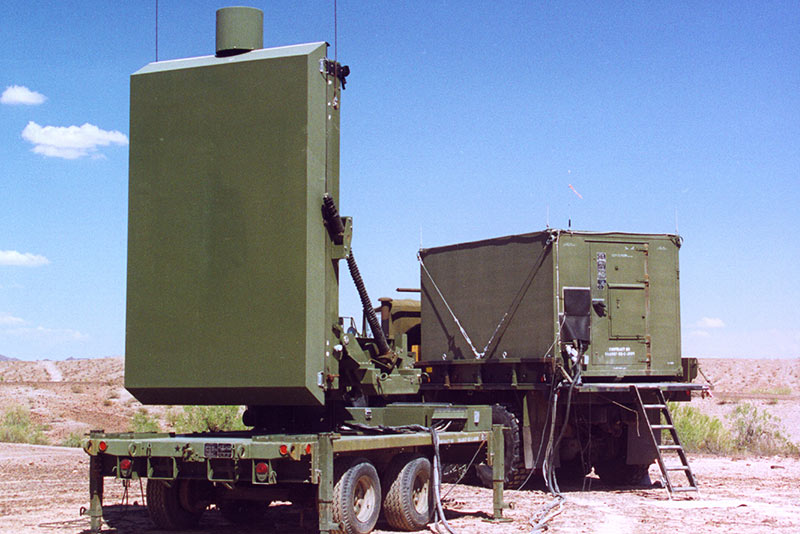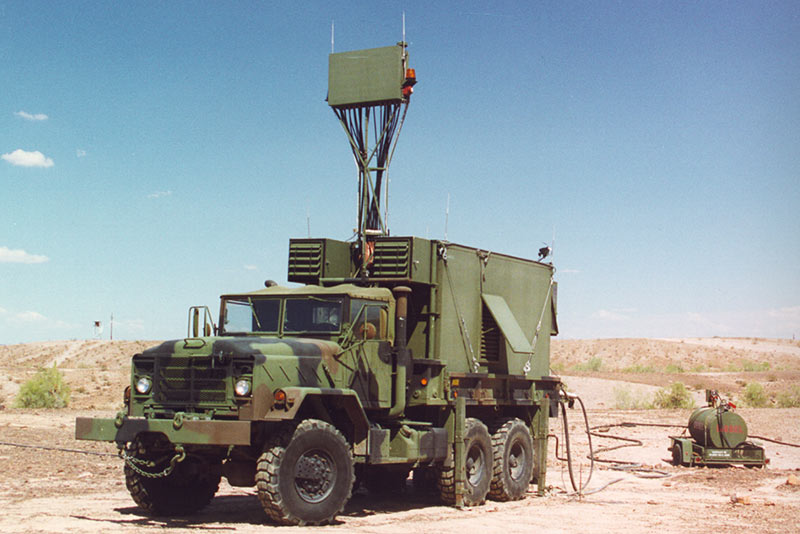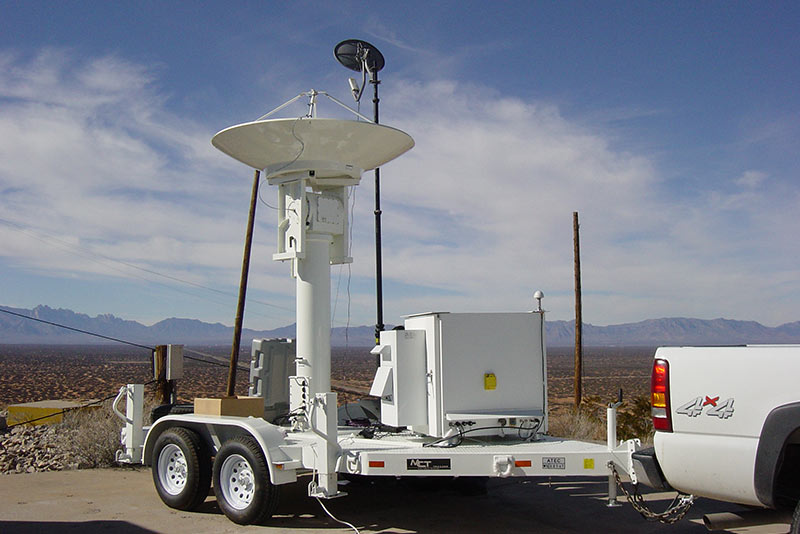|
SRC has more than 40 years of experience in designing passive radar, including bi-static and multi-static operation. We have developed radars for fixed location, ground-based surveillance and moving baseline (ship- and aircraft-based) configurations. Our passive radar systems can be deployed in either cooperative (direct communication with the emitter) or non-cooperative (host remotely off emitters of opportunity) configurations. We have participated in many bi-static data collection and processing efforts that used ground-, air-, and space-borne assets. We have extensive experience applying a variety of processing algorithms to the data collected during these tests, including space-time adaptive processing (STAP), synthetic aperture radar (SAR), ground moving target indication (GMTI), air moving target indication (AMTI), motion compensation, tracking and a variety of high-performance exploitation algorithms. Systems we have developed include:
|
Feature Story
Additional Info
Contact UsFor more information about our passive, bi-static & multi-static radar development capabilities, please contact us today. |
RF Engineering








